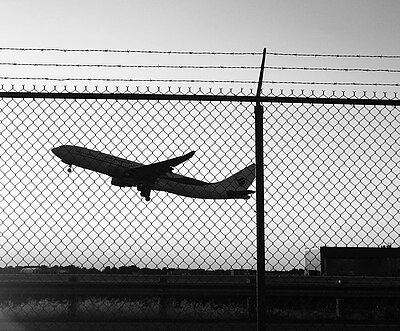
Montreal International Airport
The International Airport in Montreal is planning a new tunnel stretch that connects the airport with the metro system of the city. Amberg has been assigned to design the monitoring and instrumentation plan for the construction period. A similar project beneath the Zurich Airport was already realised by Amberg.
The tunnel is planned to be built 40 meters below ground level. Despite the rock mass quality being good, extensive monitoring measures need to be taken. The collected data will be used as part of the proof-gathering regarding a possible impact on the airport. The concept developed by Amberg includes the monitoring of the terminal building, a multi-story carpark and all external, possible affected structures of the airport. Given by its nature, monitoring an airport is quite challenging and has to be done within a tight framework.
The concept has to provide readings with the highest density possible. Furthermore, the settlement is with less than 10 millimetres for the terminal building and the runways very limited. There are exclusion zones along the runway where it is not possible to place any standing surveying device. Vibration sensitive equipment in the basement of the airport, possible contact between passengers and measurement equipment has also to be considered. And last but not least, the rough Canadian winters with a lot of snow and thick layers of ice complete the set of challenges.
The following solutions were developed for the concept:
The free ground surface will be surveyed with a total station and surface measurement along the tunnel axis and additional settlement profiles vertically to the centreline, covering a range of 30 m left and right to the centreline of the tunnel. As no protruding structures are allowed at the runways and their exclusion zones, the concept provides horizontal and inclined chain inclinometers, multiple extensometers and vertical inclinometers from the ground surface as well as measurement points and strain gauges in the tunnel.
The measurement concept relies on the idea that deep underground installations will allow early warning about adverse developments at the tunnel level and facilitate timely reaction before the consequences appear on the surface. The taxiway will be monitored with automatic total stations fixed on poles. Special reflectors for ground observations will enable precise measurements.
The terminal building and the multi-story carpark are monitored by using tilt meters and strain gauges in areas with limited light-of-sight or in public areas. Vibration measurements will be installed on sensible equipment. The exterior walls and areas with free visibility will be measured with total stations and reflectors. The tunnel lining shall be monitored by ovalisation monitoring immediately after the shield, 3D surveying targets and embedded strain gauges in the pre-cast segments.
The combination of the presented methods ensures comprehensive monitoring of the short and the long-term behaviour of the infrastructures during the excavation of the tunnel.
A digital aid for a better understanding
3D-BIM-modelling of the tunnel and the survey installation was well received by all project partners. It offers a practical and understandable way to visualize the monitoring concept. Showing the different layers for installations, runways and power lines makes possible collisions and difficulties easily discussable. The modelling in 3D helps to plan faster and more economical.
For more detailed information about this project:
Find out more about our services:








